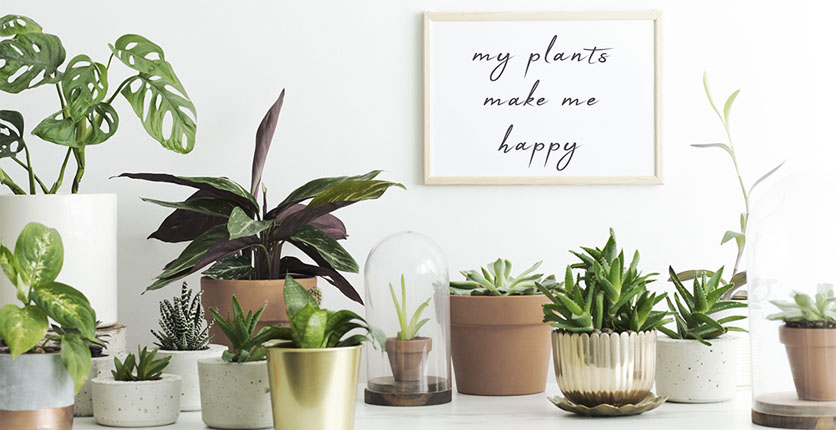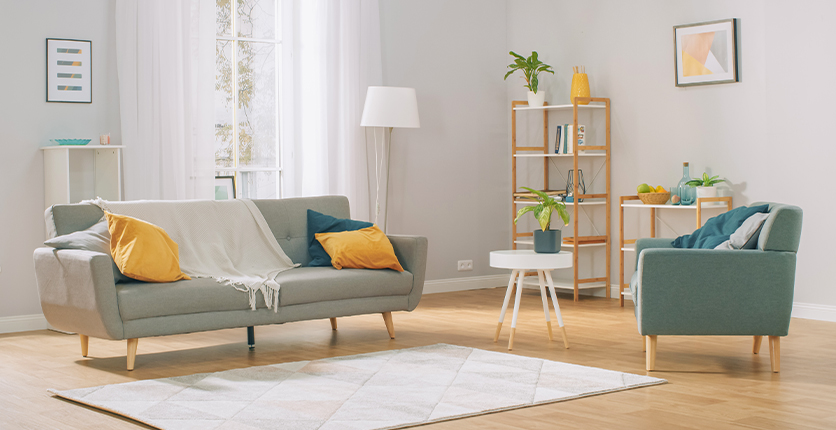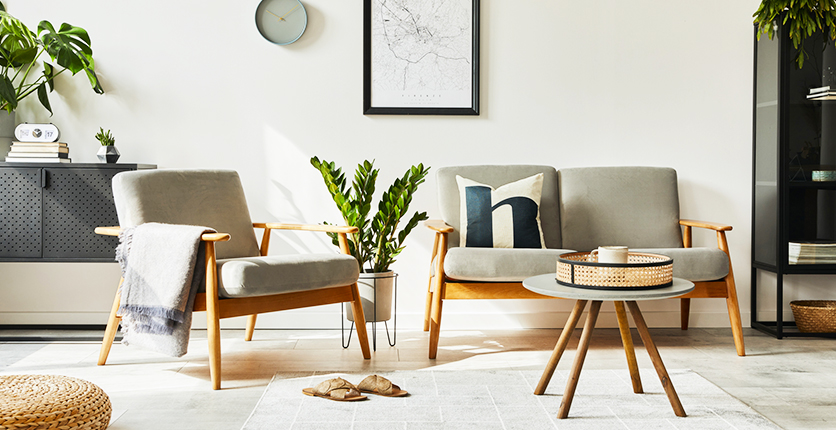Let’s say you are in one of any of these situations: unable to keep a pet because of restrictions, allergies or other reasons; love the outdoors but can’t head out much; or just plain feeling lonely. Here’s a suggestion: Get yourself a hardy indoor plant pal. Your own personal Groot can help liven up your living space, aid you in cultivating a peace of mind, patience and a sense of responsibility, and can even yield physical health benefits for you. Here are 4 easy-to-find, easy-to-take-of, but hard-to-kill flora friends to get acquainted with.

Snake Plant
If you are really a “black thumb” (someone who is not very capable or successful with growing plants), then start with a Mother-in-law’s Tongue (not a literal one, of course). Also known as the Snake Plant, its sharp, upright leaves seem to hint at its toughness: it can thrive in bright or dim light, tolerate low humidity and get by with little watering. Another good thing about this exotic-looker? It undergoes the crassulacean acid metabolism process, meaning that unlike most plants, it absorbs carbon dioxide and releases oxygen at night, making the Snake Plant a great “bedroom partner” for a restful sleep. What’s even better? It also acts as a natural air purifier during the day. Studies have shown that it can filter out harmful air pollutants and toxins such as formaldehyde, nitrogen oxide, xylene, toulene and benzene, which means that it is also great at alleviating sick room syndrome. So while the Snake Plant may be hard to kill for you black-thumbed ones, this toughie is, conversely, actually benefitting you health-wise!
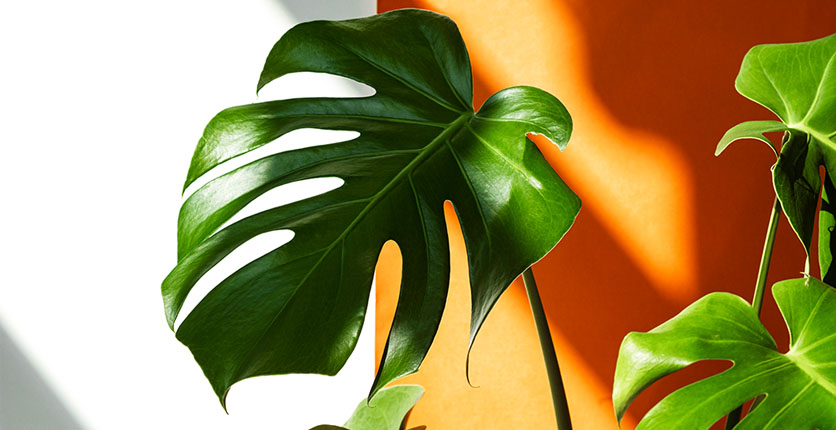
Monstera
Consider this as the statement plant of Instagram. It’s leathery heart-shaped leaves, glossy green colour, interesting leaf splits and perforations, and fairly large “presence” (it can grow to human-size) render it an Insta-worthy decorative plant-cum-background for all your interior or OOTD shots. While it makes for a pretty pic, this Swiss Cheese Plant (as it is also known as, because of said foliage) is also relatively low maintenance, needing only moderately moist soil and partial sunlight to survive. Just take note that this tropical native needs space for its leaves to sprawl out and droop, and while its leaves are lush-looking, they aren’t good for dogs or cats if they happen to nibble on them – they are toxic even if they do look like Swiss cheese.

Aloe Vera
If you prefer a plant that you can leave by the windowsill, pick up an aloe vera plant. Totes adorbs are the smaller specimens of this succulent (a plant type with thick fleshy leaves or stems adapted for water storage) that can look like a pudgy greenie with a dense rosette when potted in a small terracotta receptacle. All an aloe vera plant needs is sandy soil compacted into a pot with good drainage; while it can do without much watering and can stand a bright sun, it is best to not expose it to too much sunlight because it can get scorched. Like the Snake Plant, the aloe vera also releases oxygen at night, so it makes a good bedroom plant to have to help stave off breathing problems while you sleep. Another plus: its leaves contain a clear gel that has medicinal properties, that can help sooth skin and promote healing when applied to minor cuts and burns. Just make sure to read up on how to, or if your particular aloe vera plant is suitable for this before you randomly smear the gel over your face or even try to ingest any of it!
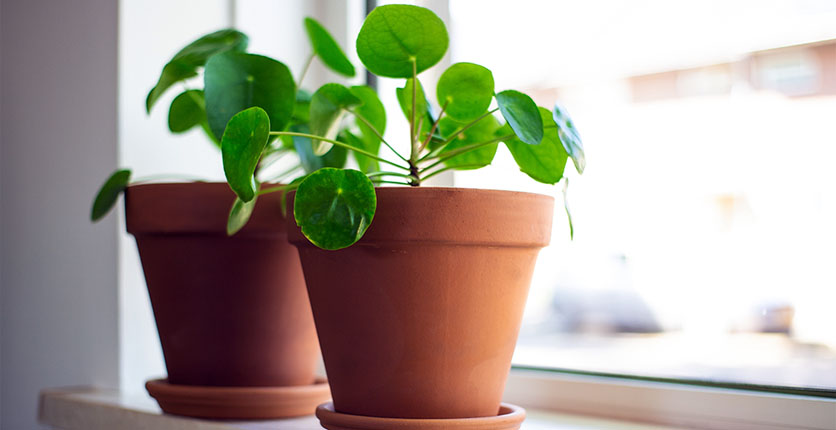
Money Plant
If you do not have any furkids (a.k.a. dogs, cats, rabbits and so on) or super-curious young ones, then go ahead and settle for this. The leaves of this Devil’s Vine or Devil’s Ivy is poisonous to pets and toddlers, if chewed on. Having said that, it is still a common houseplant to have. Why so? It is named after the Devil not because of its vomit- or swelling-inducing leaves, but because it can remain green when left in the dark and is known to tolerate all kinds of conditions, including your neglect! Also, its glossy, heart-shaped leaves and reputation for supposedly bringing luck to the home, make it a fave amongst Singaporeans. So how does one make sure this plant brings about good luck instead of misfortune if you do acquire one? Just hang it up high and rotate it twice a week – this fast grower leans out towards sunlight – to prevent the plant from slanting and overhanging on its side (which makes it within easy reach of curious hands or paws).
Featured image: Shutterstock
